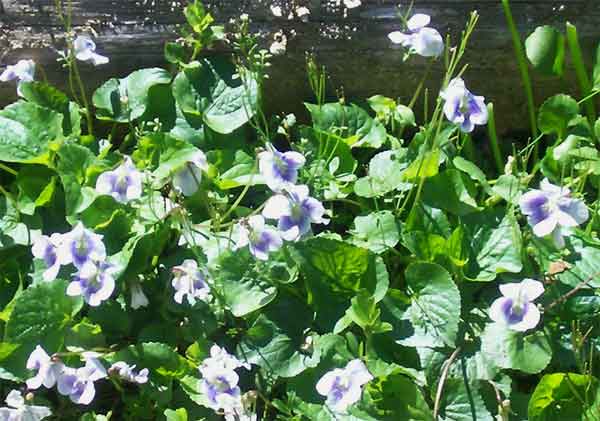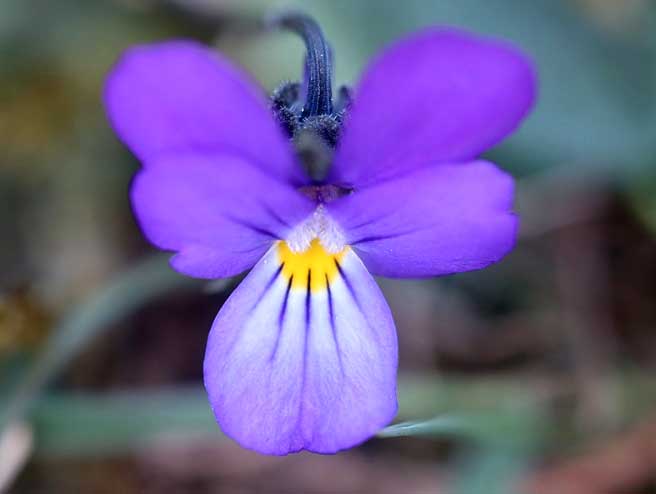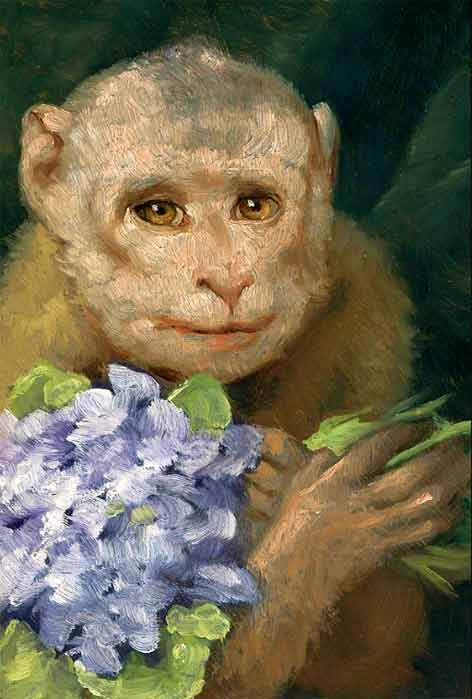Viola in herbal medicine
Viola (Viola Odorata / Viola Tricolor) is known as sweet violet, miniature pansy, and Johnny-jump-up. The healing plant blooms in early spring and is a beautiful ground cover.

In herbal medicine, the plant is called heartsease because of its ability to strengthen blood vessels.
Violas have many uses.
Violas have strong anti-inflammatory and diuretic properties. The plant is often used to gently stimulate the circulatory and immune systems.
Viola is known as a heart tonic and can lower blood pressure. When taking herbs for the heart, it is best to seek the advice of your healthcare professional. Viola can interact with some medications so it's better to be safe than sorry.
Most people can benefit from the cleansing properties of a viola spring-tonic. Add the leaves and flowers to green drinks, smoothies, and salads.

Violas make excellent additions to cough syrups.
Violas do not suppress the coughing reflex, but act as a strong expectorant to rid the lungs of phlegm. Viola tinctures are good treatments for colds and bronchitis.
This video talks about violets and their medicinal properties.
Violas are good for the skin.
Violas have anti-microbial properties that are excellent treatments for skin problems like boils, abscess, skin ulcers, diaper rashes, varicose veins, and insect bites. Just mash up the leaves and apply as a poultice or make a strong tea and use as a wash.
Use viola for constipation, rheumatism, and sore throat.
Viola is sometimes used as a laxative, and as a remedy for rheumatism.
It is also used in gargles for sore throat and mouth infections.
Violas are good for treating digestive conditions including stubborn urinary tract infections.
Viola is sometimes used as an anti-tumor remedy.
Violas may prove useful in the treatment and prevention of secondary cancer tumors. Preliminary findings suggest that violas contain substances that can help control the growth of breast and lung cancers.
Science, heartsease, and healing
Heartsease, or viola, is a traditional remedy for skin problems including scabs, itching, ulcers, eczema, and psoriasis.
It is also proven to be useful in the treatment of bronchitis and asthma.
Viola extract can inhibit lymphocyte proliferation, making it useful for anyone with an overactive immune system. More research is underway.
Violas have a long history in herbal medicine.
In ancient times, violas were considered an essential addition to love potions. It is believed that drinking viola tea can help heal a broken heart.
They were used for skin problems like eczema, to prevent headaches, and as a remedy for fits of anger.
Many poems make mention of the wonderful scent of viola (and violet) flowers. Herb books describe the smell as delicious and sweet. Many fine perfumes list violet as an essential ingredient.
It is a mystery to me, but the violets and pansies on our farm do not have any scent that I can detect. Do your violets have a fragrance or not? I would love to know.
Viola flowers make beautiful garnishes for salads and drinks.
Try floating violas in a freshly squeezed lemonade or fruit smoothie. They also make an impressive addition to holiday punch bowls.
Violas blossoms make elegant cake decorations, especially when sugared. Viola flowers also look beautiful when frozen into ice cubes for drinks.

Violas are one of our most beautiful spring flowers.
The blooms come in many color combinations including white, lavender, purple, and every shade of blue.
Viola leaves are heart-shaped and deep, rich green. The plants grow in a wide range of conditions but prefer moist, rich soil.
They spread rapidly and can crowd out less vigorous plants. Let them have their way as a groundcover and they will produce a fabulous spring display.
If violas like where they are growing, they can become a pest. Around here, we are constantly pulling them out of our herb beds and vegetable gardens.
I let them grow in different parts of the yard, and of course they love the shady, damp areas down by the creek.
For medicinal purposes, harvest viola while flowering in spring.
Use the whole plant immediately in a spring tonic, or dry completely and store for winter use.
*Large doses of viola may cause nausea and vomiting. Start out with small doses. Always consult with a healthcare professional before using any herbal remedy especially if pregnant, nursing, or taking other medicines.
Sources:
https://www.ncbi.nlm.nih.gov/pmc/articles/PMC3918579/
Blessings to you and yours!
Thanks so much for reading my blog. Jan.

*Note - the information on this website has not been evaluated by the Food and Drug Administration.
© 2005-2024 website design and content by Janice Boling